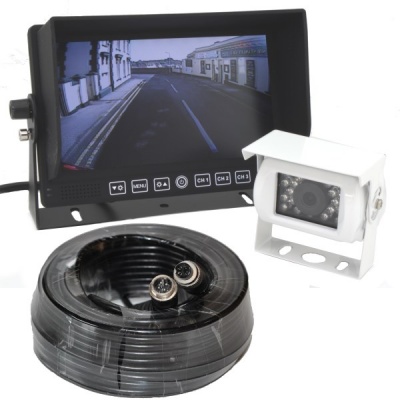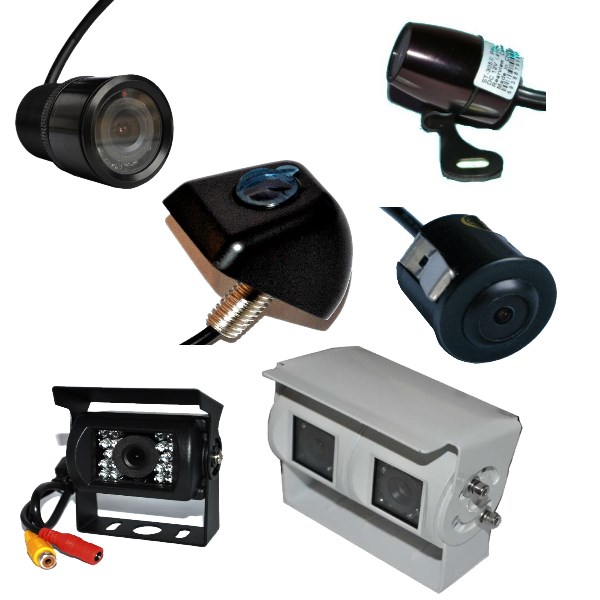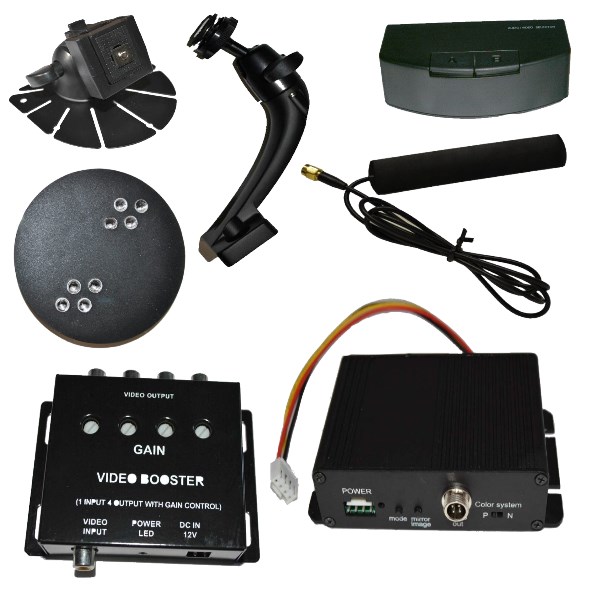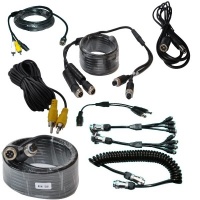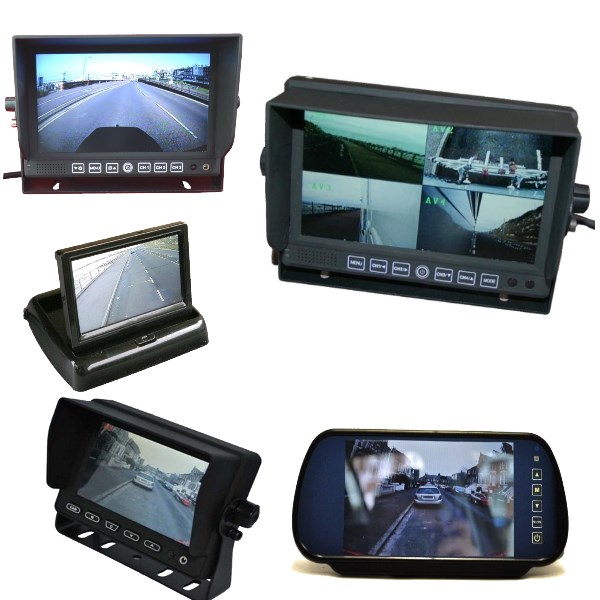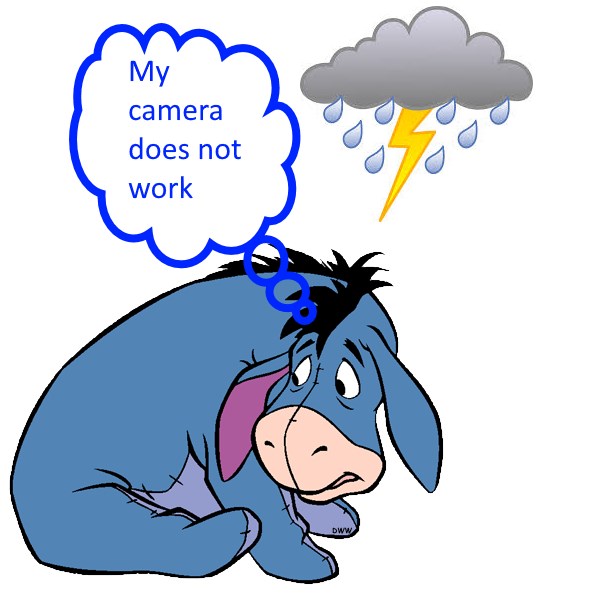Fault finding guide
As each system is different producing a generic fault finding set of notes is not easy!
Monitors
If you do not have a picture on your monitor then look very carefully at the screen. If you can see a very dark image on the screen then the backlight has failed. It is the end of the road for the monitor and replacement is necessary.
If the monitor has an LED that lights up when it has power, then if this is not lit check there is 12v going to the monitor. Monitors often have a black filter box and inside is a small fuse. It is not uncommon for these to blow or even drop out of the fuse holder.
If your monitor has power and a completely black screen then try it without a camera plugged in. We have known some camera faults cause this to happen. Without a camera plugged in you should get a blue screen with “no signal” showing. This would indicate the monitor is working correctly. Some monitors will automatically power off when no signal is received – often takes 10 seconds. This again is normal. Pressing the on/off button should turn it back on.
If there are large black areas on the monitor screen then this is caused by the front of the screen being pressed too hard. This is physical damage and not covered by the guarantee.
If you are sure the monitor has power and it does not respond to the on off button then the chances are it has failed. It is worth disconnecting it from the power and reconnecting. We have known a monitor “freeze” and is reset by this.
Strange menus. This can happen when the software becomes corrupt. We can sometimes resolve this, but often it needs returning to the factory.
Smoke! This is easy as the monitor has failed. Smoke is unusual but it can happen. If you are just fitting it then you have wired it in wrong. If it has been running for some time then it may be a voltage surge. We have met some vehicles that destroy monitors on a regular basis. Often ex-military vehicles do this. A heavy duty voltage regulator is a long term solution and we would suggest that one is fitted on the first time a monitor fails in this way.
Cameras
Usually a camera either works or it does not work. Intermittent faults are almost always wiring issues. In the past cameras with IR LEDs could have the power supply checked by looking to see if they glowed a faint red in the dark. Modern cameras often have LEDs that do not glow. If you are getting no signal from the camera check it is getting power and check the AV cable through to the monitor. We have known mice eat through a cable on a motorhome! Also if your camera is wired in to the reversing light check your light is actually coming on.
If you are sure it is getting power then test it out on a different monitor – they can be fed into the yellow RCA socket of TVs. If you have no joy then returning for testing is the only option.
If you are wiring the camera in to a DVVD head unit for the first time good luck! They almost always need you to do something extra. This can vary from attaching a wire to earth or the reversing light through to altering a menu setting. Reading your manual or visiting bulletin boards for your unit will save time in the long run.
If when you plug a camera in for the first time it is black and white, often with poor frame hold then you have the wrong TV system. The two main ones are PAL and NTSC. Most modern monitors will take both, but some (Alpines plus German screens) are NTSC only. If your unit takes both then check you have it set to “AUTO” in the menu settings.
If you camera has leaked then you can usually see the condensation on the inside. Also it will look dirty on the inside glass. Once it has leaked replacement is the only option.
Around 40% of items returned are working perfectly. Around 60% of items return by electricians work perfectly! The most common fault is power supply. Almost always it is crimped terminals and not proper soldered and insulated joins.
Around 50% of cameras that have failed will have a cause like a damaged cable. The entry point into the rear of the camera is top of the list. Always make sure the cable cannot flap around and create a strain on this point. Around 10% of cameras that have failed are due to being subject to reverse polarity. This fries the camera instantly. Always check you are wiring it in correctly.
Never use thin cable clips on cables. We saw an example on an HGV where the cable had been cut through because of a tight clip. As the fuse kept blowing it had been replaced by normal wire. The cable itself had been tightly coiled so the short eventually produced got it hot enough to melt and with no fuse to protect it came very close to causing a serious fire. Any excess cable should be in loose coils. Duct tape is by far the best to secure cable in most areas. If you use a clip add a bit of protection around the cable.
Remember do not have nightmares after reading this. Considering the hostile operating environment these are used in the failure rates are low. A system should give many years of use and should outlive the vehicle in many cases.
